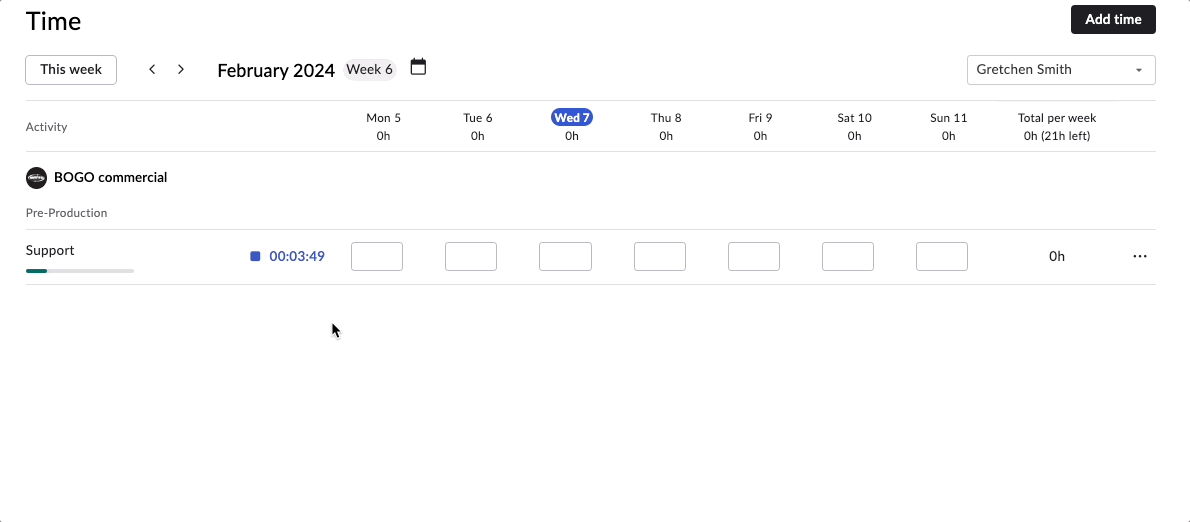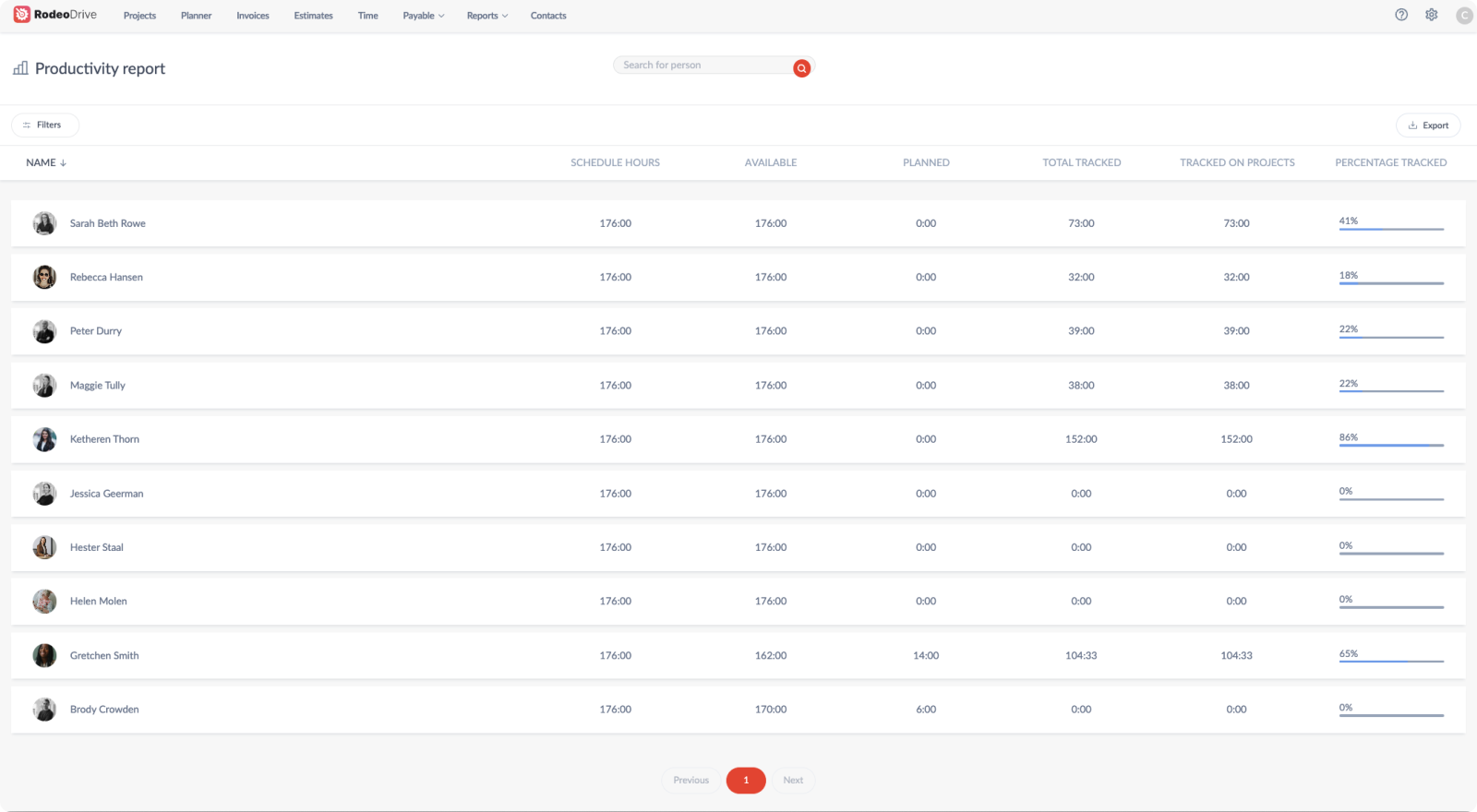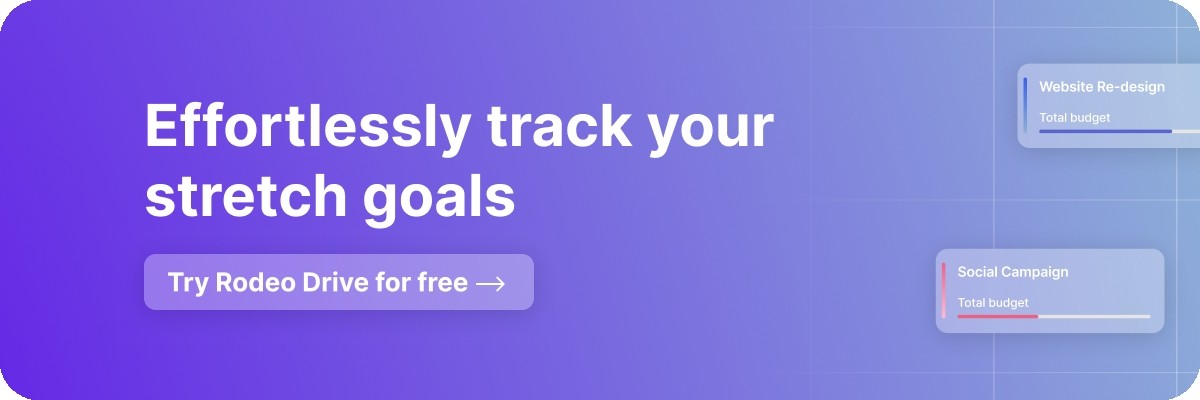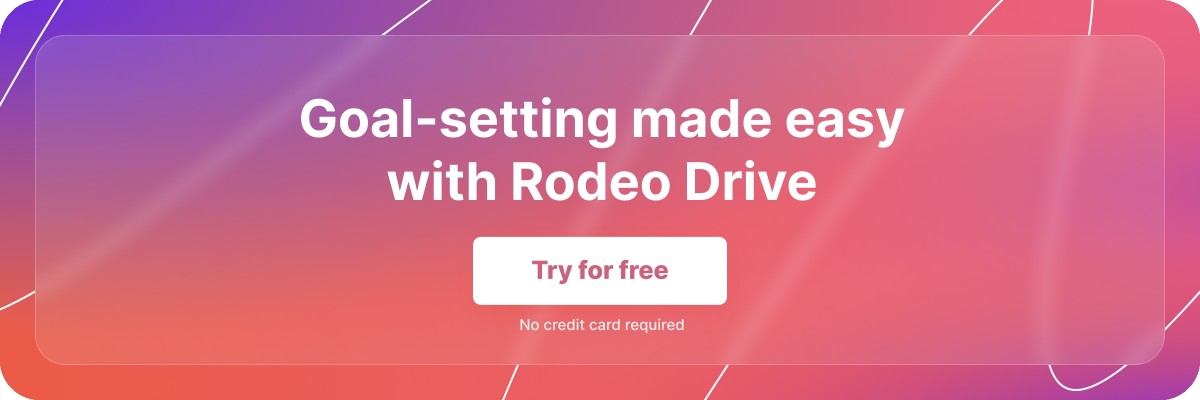Stretch Goals: Definition, Pros, Cons, and Examples
Goal setting is an important part of motivating your team and giving them something to work toward while also fostering accountability. But how can you know if the goals you’re setting are challenging enough to be motivational without creating frustration and low morale among your team?
Stretch goals provide a framework for setting extremely ambitious targets and pushing your team toward them. If executed correctly, you’ll find that a stretch goal can have more of a lasting impact than a goal that is easy to achieve.
But make no mistake, stretch goals aren’t for everyone. Your team needs to be well-positioned to take on the challenge that stretch goals present, or else they will backfire. Luckily, this blog will walk you through everything you need to know.
What are stretch goals?
A stretch goal is an ambitious target set by an organization to push a team beyond normal performance levels. These should be challenging and exceed your team’s current abilities, as they aren’t meant to be 100% completed.
The idea is that by challenging your organization to reach new heights, you can provide direction and motivation that enables your team to excel.

So, what sets ambitious stretch goals apart from a regular “challenging” goal? Well, two things — stretch goals need to be extremely difficult and showcase extreme novelty. In other words, stretch goals should require you to find new ways of working to achieve your goals — simply working harder won’t cut it.
How do stretch goals differ from other goal-setting frameworks?
During the strategic planning process, organizations choose to adopt a goal-setting framework or strategy to ensure that everyone works toward the same objectives, while adequately measuring their progress along the way.
Stretch goals are just one of many options you have when it comes to goal setting. Before committing to a framework, it’s important to understand each goal-setting method and analyze what works best for your organization.
Here’s a look at a handful of them, as well as how they compare to stretch goals:
SMART goals
The key difference between SMART and stretch goals is how realistic they are. SMART stands for specific, measurable, achievable, relevant, and time-bound, which means these goals must meet all five of these criteria to be considered a SMART goal.
SMART goals are developed to be completely achievable, whereas stretch goals are meant to give your team goals to strive for without necessarily achieving them.
So while SMART goals prioritize achievability, stretch goals are focused on pushing your team’s capabilities beyond what they thought possible. They serve as an end destination for your team’s progress, whereas there’s no guarantee that your team will even come close to meeting your stretch goals.
Objectives and Key Results (OKRs)
OKRs and stretch goals have a lot in common as they share the same philosophy of challenging your team to push themselves to new heights. Every OKR is a stretch goal, but OKRs are unique in the way that they monitor team progress.
OKR stands for Objective and Key Results, which essentially serves as a way to break stretch goals down into more manageable parts. Your objective describes the main outcome you wish to achieve through this OKR, and your key results should indicate progress toward that objective.
In other words, your key results should answer the question: how do we know we’re making progress toward our objective? Key results usually include a numerical measurement of your progress. Here’s an example:
Objective: Launch a new company website by the end of Q4.
This objective is the overarching goal your team hopes to achieve. It should be ambitious and a stretch for your team.
Key Result 1: Conduct user testing with 20 participants and implement their feedback.
This key result focuses on collecting the necessary feedback to improve the website before it goes live. This KR is measurable because it specifies the number of users needed and is also action-oriented since the team will implement their feedback.
Key Result 2: Achieve a website load time of under 3 seconds.
This key result sets a measurable performance target for the website's load time, which is an important milestone for ensuring a good user experience when the website goes live.
Overall, if you’re planning on implementing stretch goals, you also need to familiarize yourself with the OKR framework as well. You’ll want to explore using both of these strategies in tandem for best results.
Key Performance Indicators (KPIs)
Although KPIs — also known as Key Performance Indicators — often get miscategorized as a goal-setting framework, they’re actually just a way to track project and team performance without any sort of goals involved.
KPIs are standalone project performance metrics, meaning they help teams measure their progress, but don’t serve as a set of goals to strive for. On the other hand, stretch goals are significantly more motivational are are best suited for pushing your organization in a new direction.
But, if your team is simply looking to monitor a project that’s following a plan that’s already tried and tested, then KPIs will work just fine.
Related: Project Milestones: How to Successfully Set Them
Evaluating the pros and cons of stretch goals
No goal-setting framework is perfect. And because stretch goals are set with the expectation that you won’t be able to totally achieve them, they certainly have their downsides.
But some project managers find that the benefits of stretch goals outweigh the challenges. Here’s a glance at the pros and cons of this framework so you can make a decision for yourself:
Pros
You might be wondering what the point of setting a stretch goal is if it’s unlikely that your team will actually achieve it. But in fact, there are numerous benefits to implementing them, even if you don’t get all the way to the finish line.
Some of the main benefits of stretch goal setting include:
- Paves the way for innovation: Stretch goals encourage your team to identify new ways of working that propel you forward to meet your goals.
- Heightened sense of purpose: Because stretch goals are often linked to your company’s overall mission, they can make team members feel as though they’re contributing to the larger success of the business.
- Improves productivity: Ambitious stretch goal setting might inspire team members to focus on their highest-impact work, improving productivity on their most important tasks and boosting accountability.
- Greater teamwide optimism: By having a North Star goal to work toward, team members may find themselves feeling more optimistic about the future of the company and more clear on what that future looks like.
Cons
As we’ll cover in the next section of this blog, stretch goals aren’t for everyone. For some teams, the drawbacks of this type of goal setting seriously outweigh the benefits.
Many of these derive from stretch goals that are overly vague or too ambitious. In cases like this, your team might be better off with SMART goals instead.
Here are a few things you’ll want to consider before creating stretch goals:
- Risk of demotivation and low employee engagement: One risk of setting goals that will be difficult to accomplish is that they can cause your team to lose motivation if they’re too ambitious. Failing to meet these goals can contribute to low employee morale and engagement as well.
- Frustration among team members: Setting goals that team members find unachievable or overly ambitious can cause frustration that results in other negative side effects, such as procrastination.
- May not align with the skills of employees: Management might have ambitious goals, but lack a team with the right skills to make those goals a reality. Your team needs the right guidance to make good on your stretch goals.
Can create tunnel vision among management: An overemphasis on stretch goals can make management too fixated on the outcome of those goals, causing them to disregard other important factors that drive the organization forward in the process.
The stretch goal paradox
The stretch goal paradox is a concept introduced by Harvard Business Review and suggests that organizations that should be using stretch goals rarely do, and the organizations that are poorly positioned for stretch goals are typically the ones who use them most.
But, how to determine whether stretch goals are a good fit for your business, or if you’re in the camp that shouldn’t use them at all? Let’s take a look.
How can you determine if stretch goals are right for your team?
When it comes down to pinpointing which companies should be using stretch goals, there are two factors that typically predict an organization’s ability to use them successfully, according to Harvard:
1. Recent company performance
Your organization’s performance is a key determinant of whether you’ll be able to rise to the challenge that stretch goals present.
If your company has recently experienced a win or met an important industry benchmark, chances are, stretch goals will be productive for your team. Coming off a recent win can make your team more optimistic about ambitious goals and feel like they’re equipped to rise to the challenge.
On the other hand, organizations that have recently experienced setbacks or project failure might find that stretch goals can have the opposite effect. Employees may view ambitious endeavors as a threat that only adds chaos to an already struggling work environment.
Failure can make company leaders desperate for change and give them a risk-seeking mindset which makes them more likely to set stretch goals, even when they’re not well-positioned to achieve them. This is a big part of why the stretch goal paradox occurs.
Related: Best Practices for Benchmarking in Project Management
2. Availability of resources
The next factor to consider when determining whether your organization is a good candidate for stretch goals is the availability of resources. Your firm should have more than enough money, people, skillsets, and equipment than you need before you decide to pursue an ambitious, aggressive goal.
Stretch goals come with the risk of failure, and having a surplus of resources is an important part of handling failure without derailing your business. Plus, having extra resources allows your team to experiment with new ways of working that help you achieve your goals.
Now that we’ve covered the two factors that tend to predict an organization’s successful use of stretch goals, you should have a better idea of whether they’re right for your team.
And don’t forget that the organizations who are best positioned to set stretch goals rarely do, and vice versa. Unsuccessful stretch goals can have consequences for team morale, so you want to be sure that they’re right for you before committing.
How to set stretch goals
Because stretch goals are built around finding innovative ways to elevate team performance, you first need to determine which company activities are the best candidates for stretch goals.
One way to do this is by asking yourself or other team members open-ended questions about the way your organization currently operates and the future direction it’s headed.
Consider these questions:
- What is the best possible outcome for the future of our organization?
- How would improvements to our workflow or processes further these potential outcomes?
- Is your company currently maximizing the use of all resources?
- How can your organization move the needle forward for your entire industry?
These questions are best used for setting stretch goals on an organizational level, but the same approach can be applied at an individual level. For example, if you want to set personal goals related to your organization-wide stretch goals, the following questions can also be helpful:
- In what ways can I have an impact on the outcomes of organizational stretch goals?
- How can my day-to-day activities help push the needle forward?
- What would my organization need to do to set me up for success with these goals?
These questions will help you identify the areas that either need attention or provide the most opportunities when it comes to goal setting.
Once your goals have been identified and written down, your next step should be to make them as actionable as possible. You can do so by turning them into OKRs or SMART goals, that way you can measure your progress toward them as you work.
Examples of stretch goals
By now, you’re probably wondering what stretch goals look like in practice. But the truth is, they might vary depending on who’s setting them.
For instance, organizational stretch goals set by high-level managers might feel the most ambitious and least measurable, whereas managerial stretch goals or individual stretch goals may feel more achievable, depending on what they are.
Take a look at 3 different examples of stretch goals:
#1 Become an industry sales leader in the European market by 2030.
This is an example of an organizational stretch goal that’s set at the highest level of the company. Because the timeframe associated with this goal is several years from now, it’s clear that much needs to be done to push this along well before 2023.
#2 Improve employee retention by 40% by improving overall company culture.
This might be categorized as a managerial stretch goal that’s set by a manager rather than an executive. Managerial stretch goals should be just as challenging as any other stretch goals.
When incorporating percentages into your stretch goals, a good way to identify if that’s challenging enough is by starting with a baseline percentage that’s actually achievable and raising the percentage from there. For example, maybe improving employee retention by 25% would be your achievable baseline goal, but 40% constitutes more of a stretch goal.
#3 Launch our new product by Q3 of next year.
This would be considered a stretch goal if the Q3 timeline is going to be challenging for our team to meet. For example, if launching the product by the end of Q4 is already ambitious, then doing so by Q3 might be a stretch goal since it will require our team to rethink their processes and increase efficiency to be successful.
Track your progress toward stretch goals with Rodeo Drive
In order to help your team make strides toward their ambitious goals, you’ll need a way to track progress along the way. When leading projects, the best way to do so is with the help of a project management tool like Rodeo Drive.
Rodeo Drive is an all-in-one project management solution that helps creatives and other project-based teams build budgets, track time, plan project activities, invoice clients, and access reports, all in a single tool.

Here’s an in-depth look at two Rodeo Drive features that will prove especially useful when monitoring progress toward stretch targets:
Time tracking that connects to your budgets
We’ve already covered the importance of considering your resource capacity before committing to stretch goals. But, it’s still important to track your resource usage even after you’ve started working toward those goals.
Fortunately, Rodeo Drive makes it easy for your team to track time toward various project activities, meaning you’ll always have an understanding of how much each activity costs to complete. Team members can track time by starting their live timer or entering a timecard later on.

From there, the tool will update your budget automatically to reflect the amount you’ve spent on the project thus far, including both expenses and the cost of your team’s time. This way, if you’re spending significantly more than expected, you can immediately course correct.
Automatically generated reports on progress
Project reports are one of the easiest ways to understand your team’s progress at a glance. Rodeo Drive gives you access to several different reports based on your team’s usage of the platform.

This includes reports on your team’s time registration, employee productivity, as well as overall financial performance. Plus, you can export all of your Rodeo Drive data as an Excel or CSV file, should you want to create custom reports of your own.
Rodeo Drive is the best way to track your team’s progress toward their goals. Try our platform for free today.








